When Fashion Meets Art: Adam Leja, Collector of Vintage Couture
Inside the Let Them See Us Exhibition: Adam Leja’s Vintage Couture Masterpieces at the Royal Castle in Warsaw
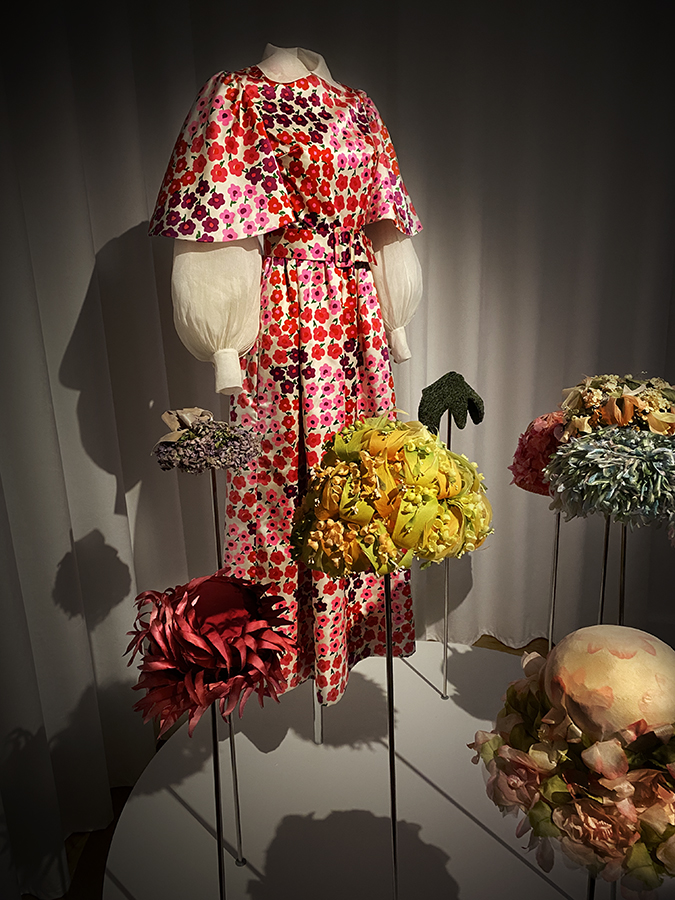
- Adam Leja, The Man Who Lives and Breathes Vintage Couture
- The God of Vintage Couture
- From Christian Dior and the Parisian Fashion Icons from the Adam Leja Collection to Let Them See Us! at the Royal Castle
- When Fashion Meets Art: Let The See Us! The Royal Castle Exhibition
- Let Them See Us!: The Language of Attire
- The Corset: From Constraint to Empowerment
- When Clothing Becomes Culture
- The Setting for Let Them See Us!: The Royal Castle in Warsaw
- The Enduring Significance of Adam Leja’s Work
- Why You Must See Let Them See Us!
Adam Leja, The Man Who Lives and Breathes Vintage Couture
In the rarefied world of vintage haute couture, where artistry meets obsession and fabric becomes history, few names command the reverence of Adam Leja.
An art historian, connoisseur of Art Deco jewellery, and one of the world’s most distinguished collectors of vintage couture, Adam has spent decades preserving garments that would otherwise have been lost to time.

Adam Leja, one of the biggest and most significant collectors of vintage couture in Europe.
To describe him merely as a collector feels inadequate. He is a curator of the greatest couturiers of the 20th century. His collection, numbering in thousands, reads like the ultimate anthology of fashion’s golden age, featuring works by Coco Chanel, Elsa Schiaparelli, Cristóbal Balenciaga, Christian Dior, Gianfranco Ferré, John Galliano, Alexander McQueen, Paco Rabanne and Yves Saint Laurent, among others.
Every piece in his possession is a masterpiece of construction and imagination, a record of how clothing once reflected art, intellect, and power. Adam approaches each gown as one might approach a painting by Caravaggio or Vermeer: analysing light, texture, structure, and meaning.

Cristobal Balenciaga, 1966, from the Adam Leja collection of vintage couture. The dress and matching blazer belonged to Princess de Réthy, the second wife of King Leopold III of Belgium.
The God of Vintage Couture
I have the great privilege of calling Adam Leja, aka The God of Vintage Couture, my dear friend. Beyond his encyclopaedic knowledge, Adam possesses a rare ability to see garments as cultural artefacts, as objects that carry stories of those who wore them and the eras they defined.
Our conversations, which often go on for hours, frequently begin with a detail, a hand-stitched seam, an antique clasp, an embroidery technique now lost to time, and soon spiral into a discourse on art, philosophy, and the theatre of self-presentation.
Adam once told me, “Fashion is a language of beauty, but also of rebellion.” And indeed, his life’s work embodies that statement. Through his collecting, he has ensured that the true artistry of couture remains alive.
He is, without question, one of the greatest custodians of vintage couture in the world.
1920s evening coat from the Adam Leja collection. Part of the Let Them See Us!/Niech Nas Widza! exhibition at theRoyal Castle in Warsaw.

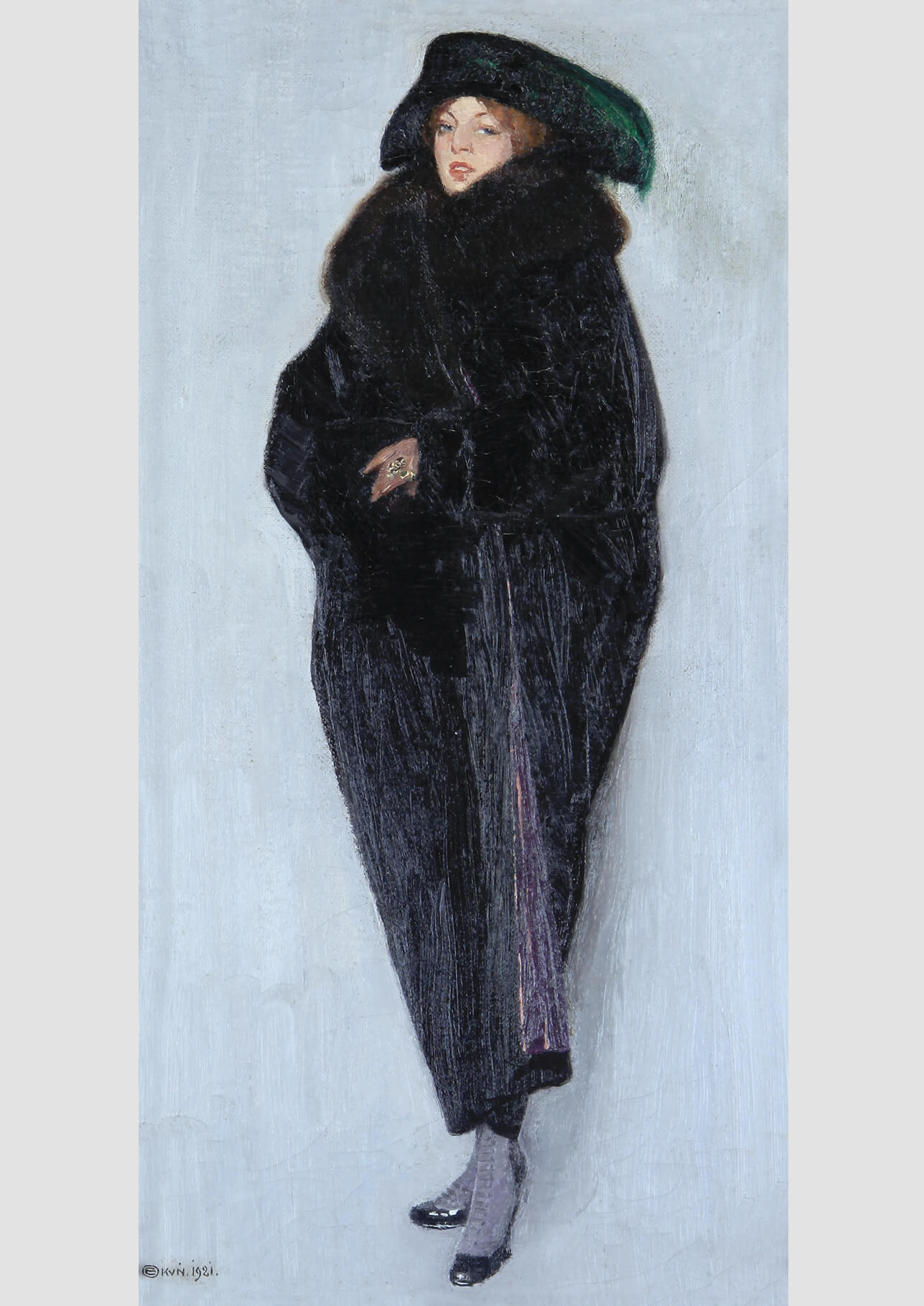
From Christian Dior and the Parisian Fashion Icons from the Adam Leja Collection to Let Them See Us! at the Royal Castle
My first encounter with Adam’s extraordinary eye came during his exhibition Christian Dior and the Parisian Fashion Icons from the Adam Leja Collection at the Central Museum of Textiles in Łódź.
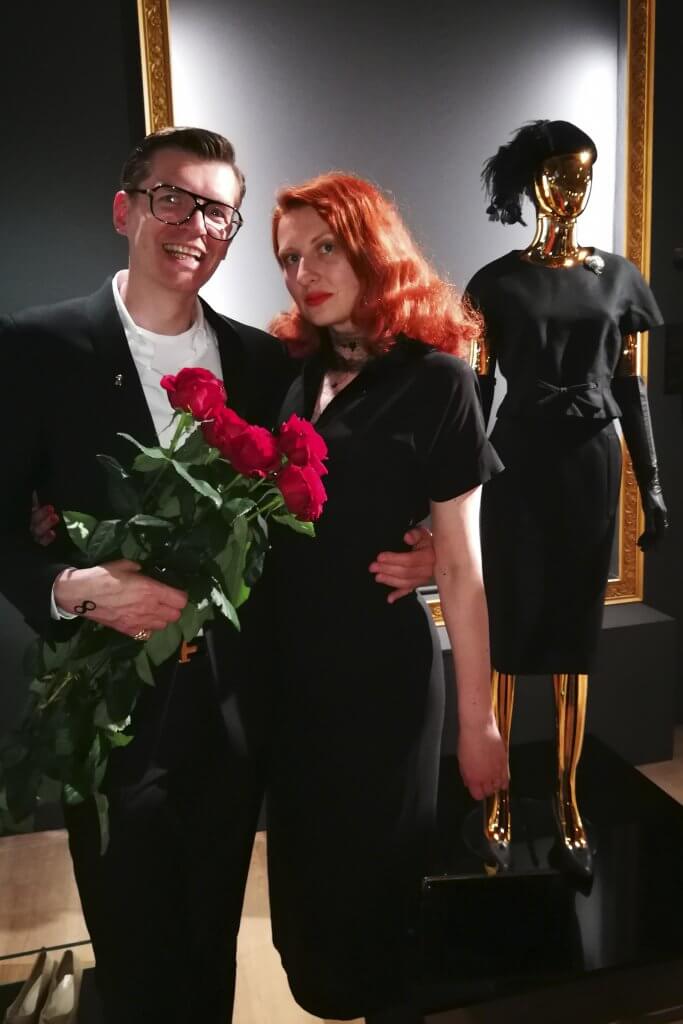
VINTAGE DIOR EXHIBITION
The one and only Adam Leja and moi at his Christian Dior and the Parisian Fashion Icons exhibition.
As a lifelong devotee of Dior, I remember standing before one of his gowns and thinking of Carmel Snow’s famous words at the end of Dior’s debut show:
“It’s quite a revolution, dear Christian! Your dresses have such a new look!”
That exhibition was precisely that: a revolution of beauty. Full skirts in sumptuous fabrics, perfectly tailored jackets, and silhouettes that celebrated the female form with both sensuality and dignity. Adam’s curation captured what I have always loved about mid-century haute couture: its reverence for craftsmanship, its attention to proportion, and its unapologetic glamour.
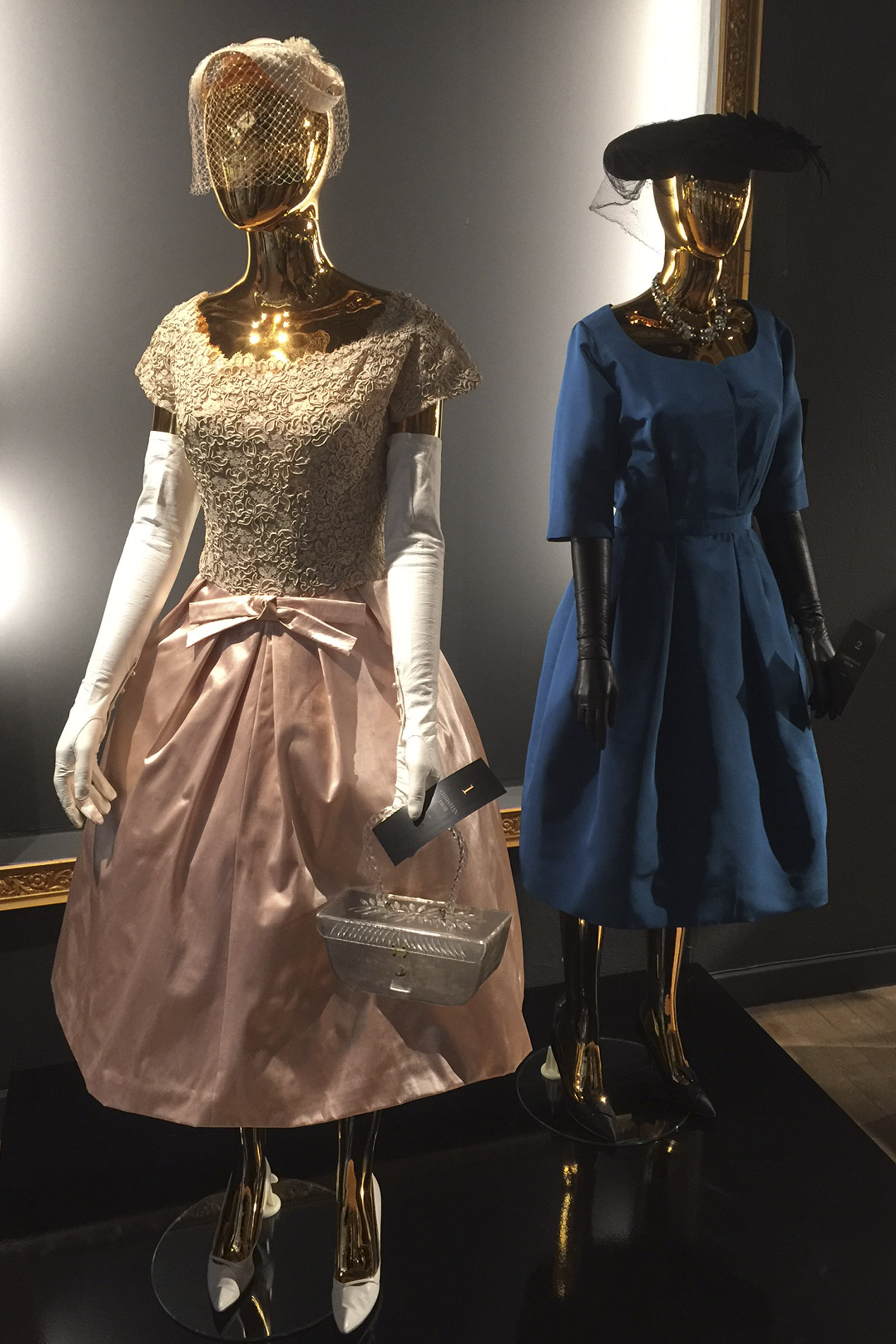
It also reaffirmed my belief that collectors like Adam are the unsung heroes of fashion history. Without them, the artistry of couture, so easily lost to moths and memory, might vanish entirely. Thanks to his devotion, these garments continue to educate and inspire.
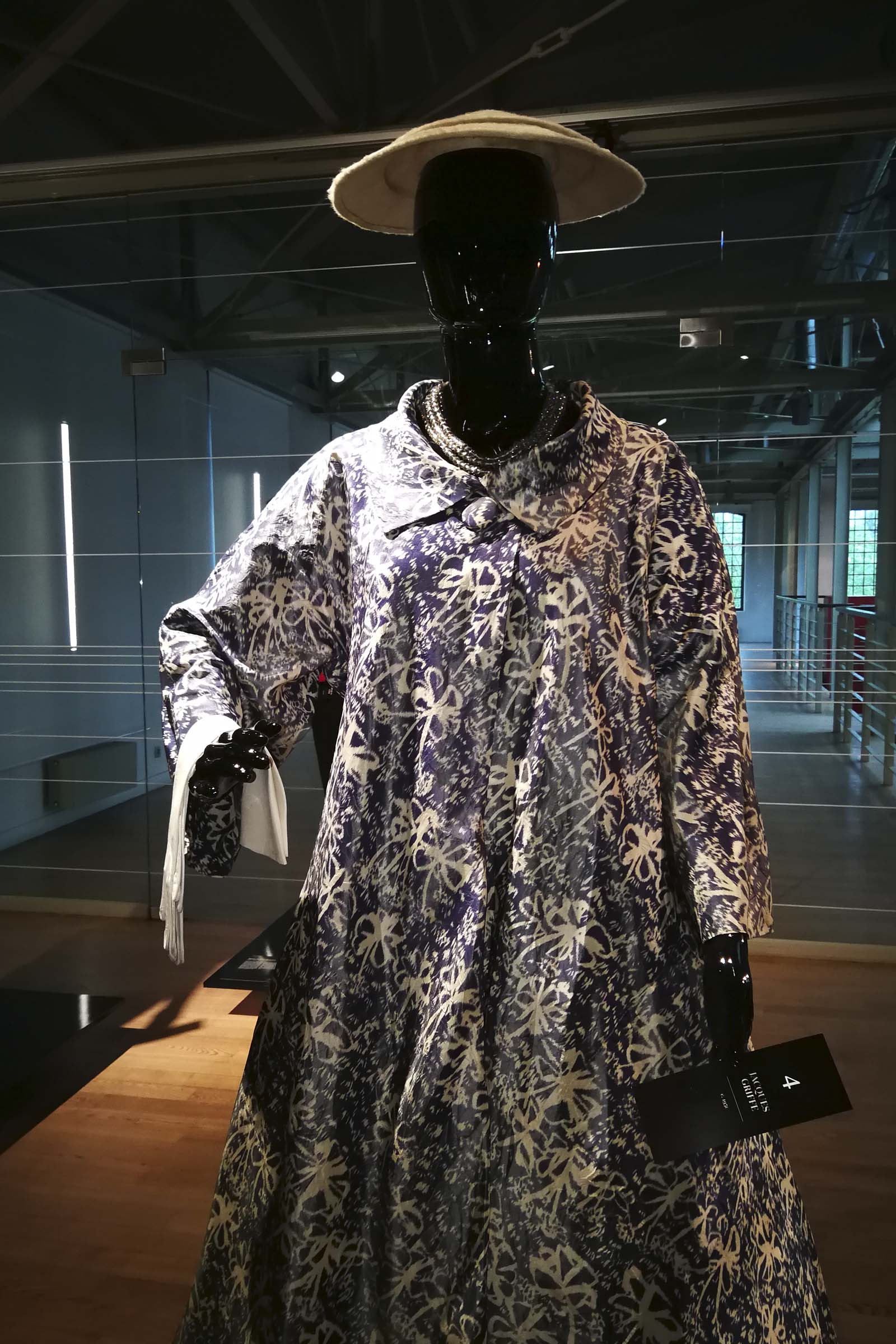
When Fashion Meets Art: Let The See Us! The Royal Castle Exhibition
It seems only fitting that Adam Leja’s latest contribution would take place within the regal halls of the Royal Castle in Warsaw, a setting as magnificent as the garments themselves.
The exhibition, titled Let Them See Us! Image, Attire, Body unite centuries of creative expression in a single breathtaking narrative.
Here, paintings by Marcello Bacciarelli and Bartłomiej Strobel converse effortlessly with haute couture by Yves Saint Laurent and Thierry Mugler. The result is not a mere juxtaposition of objects, but a meditation on what clothing has always symbolised: power, desire, transformation, and the eternal need to be seen.
Portrait of Stanislaw August Poniatowski, the last King of Poland, by Per Krafft. Let Them See Us!| Niech Nas Widza! exhibition at the Royal Castle in Warsaw.
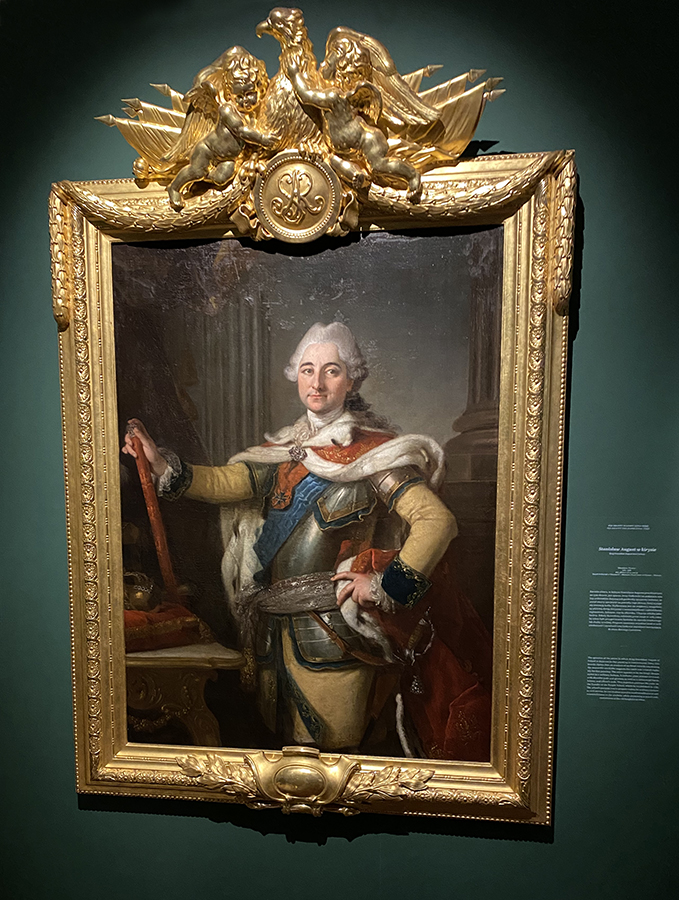
Adam’s haute couture pieces stand among over 250 objects from the 16th century to the present day. These include royal artefacts such as Stanisław August’s coronation mantle (1764) and Zygmunt August’s youth armour (1533), as well as masterpieces by Antoon van Dyck, Louis-Michel van Loo, and Alexandre-François Desportes.
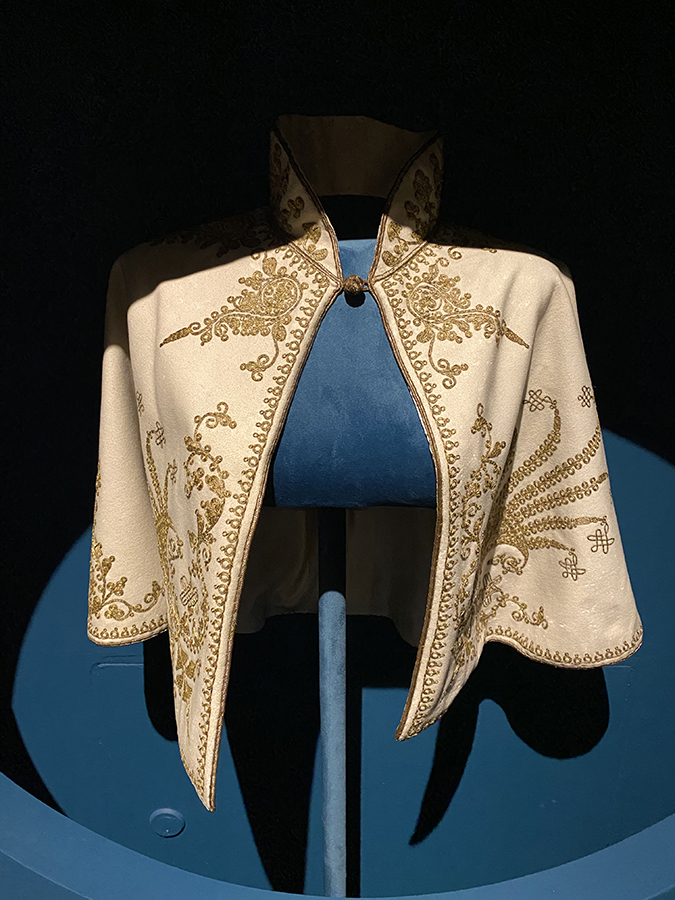
Evening cape from 1900 from the Adam Leja vintage couture collection. Let Them See Us! | Niech Nas Widza! exhibition at the Royal Castle in Warsaw.
The inclusion of Adam’s collection among works from the Louvre, the Vienna Museum of Art History, and Dresden’s Old Masters Gallery elevates the exhibition beyond fashion; it becomes a statement that haute couture belongs in the pantheon of art.
Archduchess Maria Anna of Habsburg. Painter: Andreas Moller, 1727. Let Them See Us! exhibition at the Royal Castle in Warsaw.
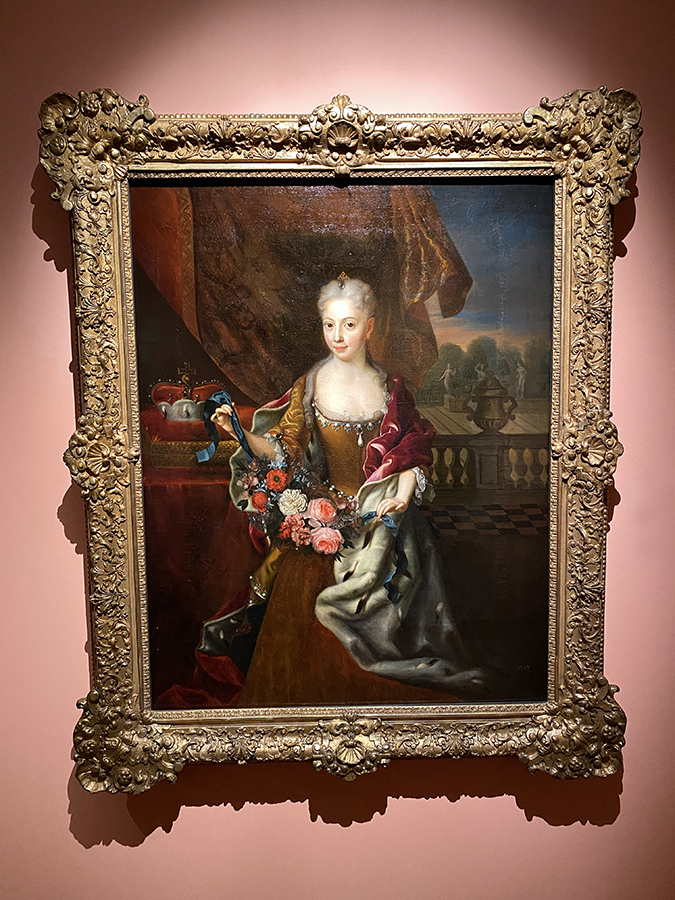
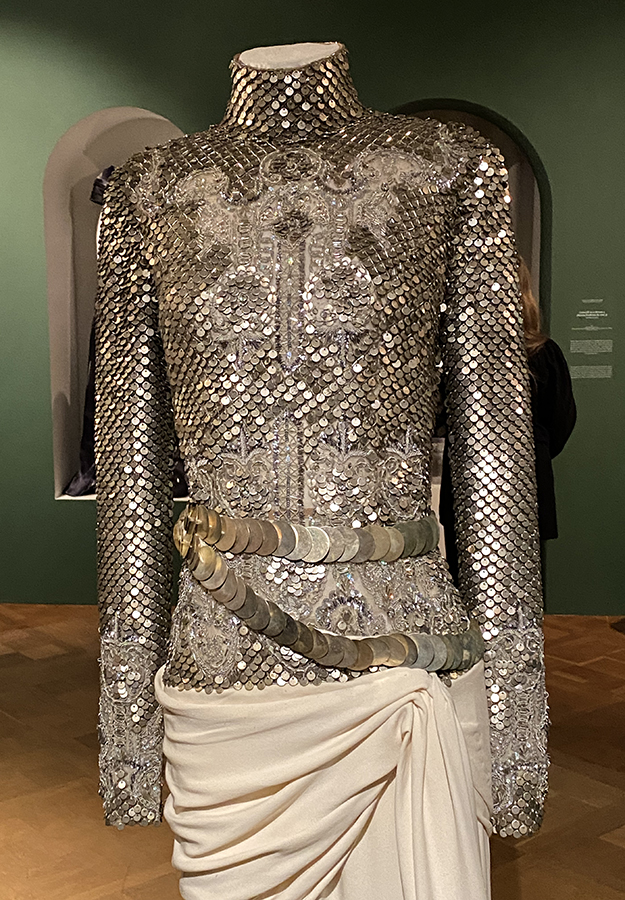
When Fashion Meets Art: Adam Leja, Collector of Vintage Couture!
Jean-Louis Scherrer haute couture dress, 2007.
Let Them See Us!: The Language of Attire
The curatorial premise of Let Them See Us! is deceptively simple: that attire is both image and expression, a visual articulation of identity. But within this simplicity lies extraordinary complexity.
Through depictions of rulers, philosophers, hunters, mythological figures, and modern muses, the exhibition reveals how fashion has always been the language of visibility. Whether through a king’s robe, a drag queen’s shoe, or a philosopher’s dressing gown, clothing has been the medium through which humanity negotiates its place in the world.
The curator and art historian, Monika Przypkowska, describes the exhibition as an exploration of transformation, an invitation to see how recurring motifs in art and fashion shift in meaning across centuries. This continuity is not linear but cyclical, as ideas and symbols reappear, reimagined for new generations.

The Corset: From Constraint to Empowerment
One of the most compelling motifs within Let Them See Us! is the corset, that endlessly controversial garment that has oscillated between a tool of oppression and a symbol of empowerment. If you’ve been reading my blog for a while, you certainly know about my love for corsets and waist cinchers, which I often wear under my vintage clothes.

RELATED ARTICLE
Please take a moment to read about my favourite Orchard Corset and discover how it completely transforms the way vintage clothing looks when worn.
Once used to sculpt women’s bodies to fit patriarchal ideals, the corset has been reclaimed by modern fashion as a declaration of strength and autonomy. Today, it represents mastery over one’s image, an armour of femininity.
As Dr Jarosław Trybuś, Deputy Director for Museums and Programmes at the Royal Castle, observes:
“The history of clothing is a continuous series of visibility strategies, stories of how much we want, and how much we fear, to be seen.”
Indeed, the corset’s evolution mirrors society’s shifting balance between conformity and rebellion, between being looked at and choosing to be seen.
When Clothing Becomes Culture
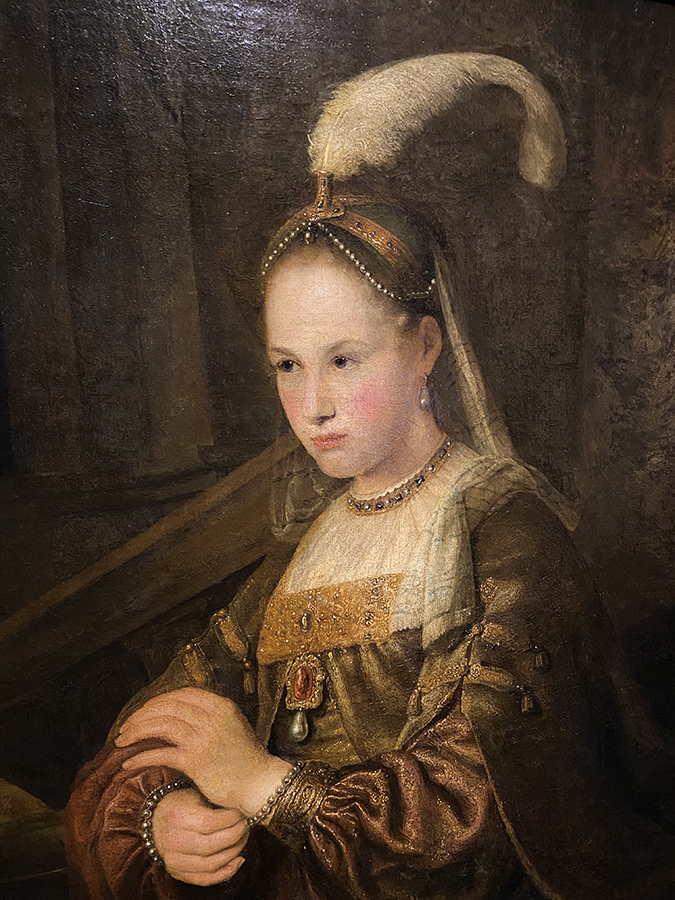
The genius of Let Them See Us! lies in its ability to dissolve the boundaries between art, craft, and fashion. Each garment and painting is presented not as a static object but as an active participant in a conversation that spans centuries.
This is not an exhibition about fashion alone; it is an inquiry into what it means to construct identity through appearance. From royal robes to avant-garde couture, each item reflects the eternal human pursuit of visibility, how we dress to assert who we are, and sometimes, who we wish to become.
The educational programme surrounding the exhibition includes tours with the curator, evening lectures, and family workshops, all designed to foster dialogue between generations. It is, in every sense, an exhibition about connection: between past and present, between art and life. And I can’t wait to see it again!
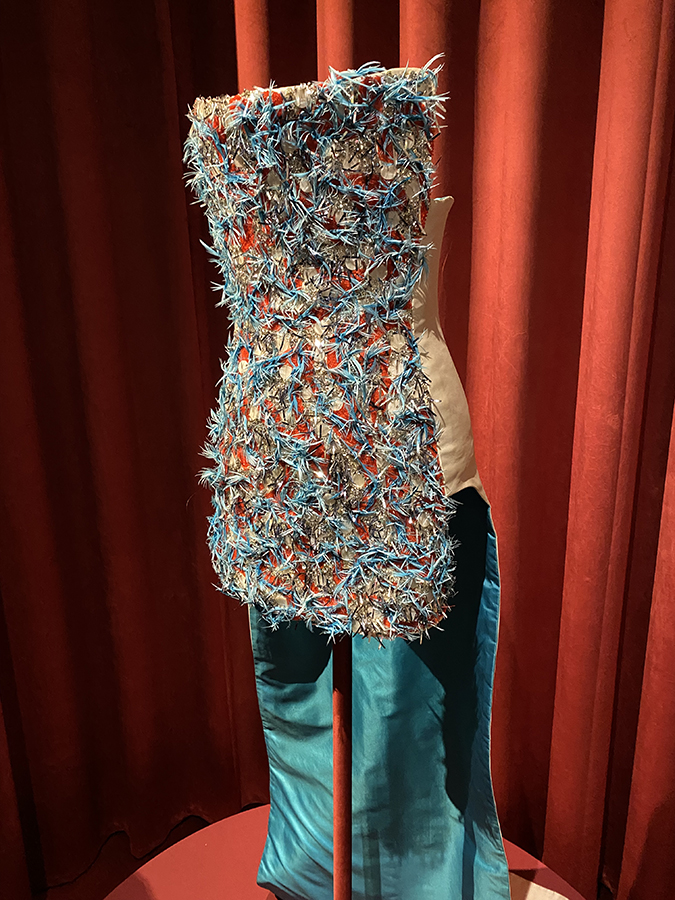
The Setting for Let Them See Us!: The Royal Castle in Warsaw
To experience this exhibition within the walls of the Royal Castle is to feel history breathing through the very fabric of the space. Once a seat of royal power, it now serves as a sanctuary for cultural reflection, a stage on which fashion and art perform together.
The juxtaposition of Old Masters and haute couture within such an environment underscores the show’s message: that the artistry of the needle rivals that of the brush. When we view a Dior gown beside a portrait by Bacciarelli, we are reminded that both are products of vision, discipline, and genius.
The Castle’s baroque splendour, gilded ceilings, and marble corridors lend a sense of gravitas to the exhibition, yet there is also playfulness in the way it contrasts the sacred and the sensual, the royal and the rebellious.
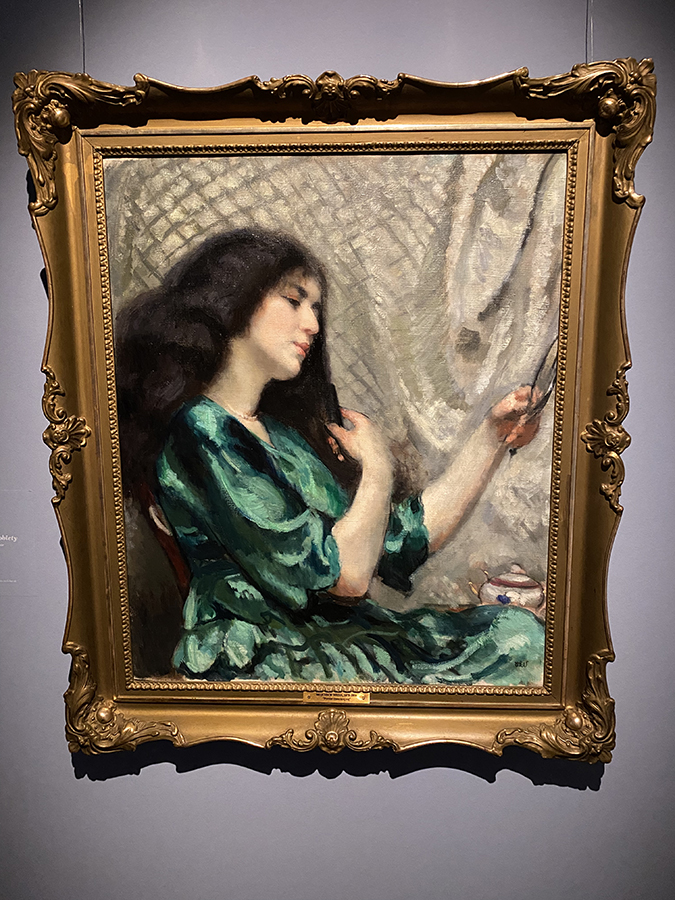
The Enduring Significance of Adam Leja’s Work
In this setting, Adam’s garments become more than fashion; they are artefacts of cultural dialogue. They reveal how fashion meets art, and how both meet history.
It is easy to view a Dior gown; I can’t help myself from mentioning Dior again, and again, as a symbol of elegance, but in Adam’s collection, it becomes something more: evidence of craftsmanship that borders on the divine, of creativity that transcends seasons and trends.
By preserving these works, Adam ensures that we do not forget the labour, intellect, and artistry that once defined couture. His collection is a living archive, one that challenges us to think differently about what we wear and why we wear it.
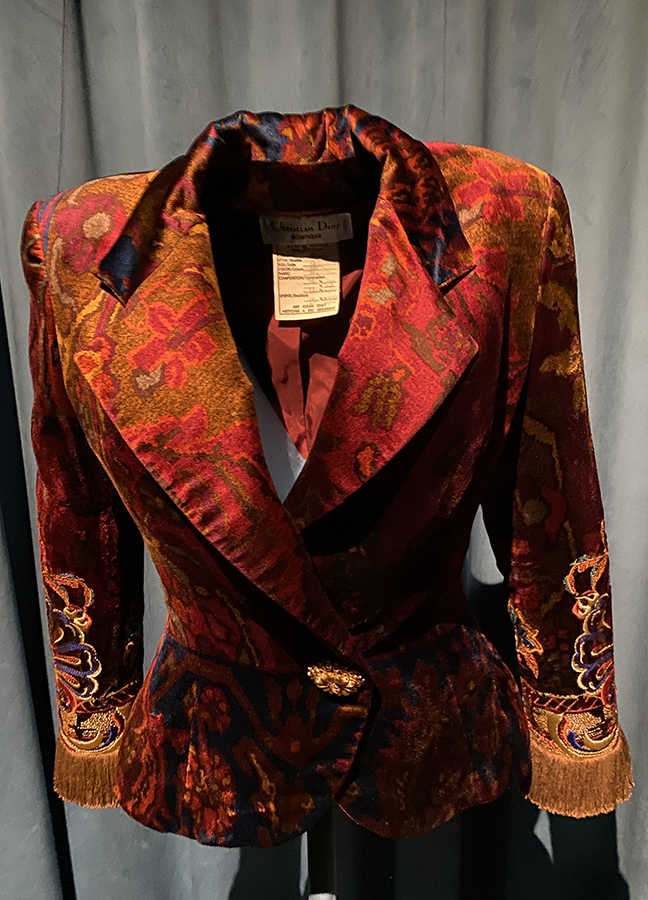
House of Dior jacket designed by Gianfranco Ferre, 1993, from Adam Leja’s collection of vintage couture.
As I left the Castle’s gilded chambers, I thought of how perfectly the exhibition’s title encapsulates our age-old longing: Let Them See Us. It is a statement of pride, of defiance, of desire to be acknowledged, and perhaps of the vulnerability that comes with it.
For what we choose to wear, and how we choose to present ourselves, remains one of the most intimate forms of self-expression. It is both a mask and a mirror.
And thanks to collectors like Adam Leja, who dedicate their lives to the preservation of couture as cultural heritage, we are reminded that beauty, true, timeless beauty, is never superficial. It is an art form, a philosophy, and above all, a legacy.
When fashion meets art, the result is not simply aesthetic pleasure. It is a revelation of who we are and who we dare to become.
Why You Must See Let Them See Us!
For anyone who loves art, history, or fashion — and especially for those who appreciate the spaces where all three converge, Let Them See Us! is not to be missed.
It is an exhibition that celebrates human creativity in its most refined and rebellious forms. From the haute couture masterpieces of Adam Leja’s collection to the Old Masters’ portraits of power and splendour, every object contributes to a grand conversation about identity and visibility.
This is fashion not as frivolity, but as philosophy, fashion that demands to be seen, understood, and remembered.






